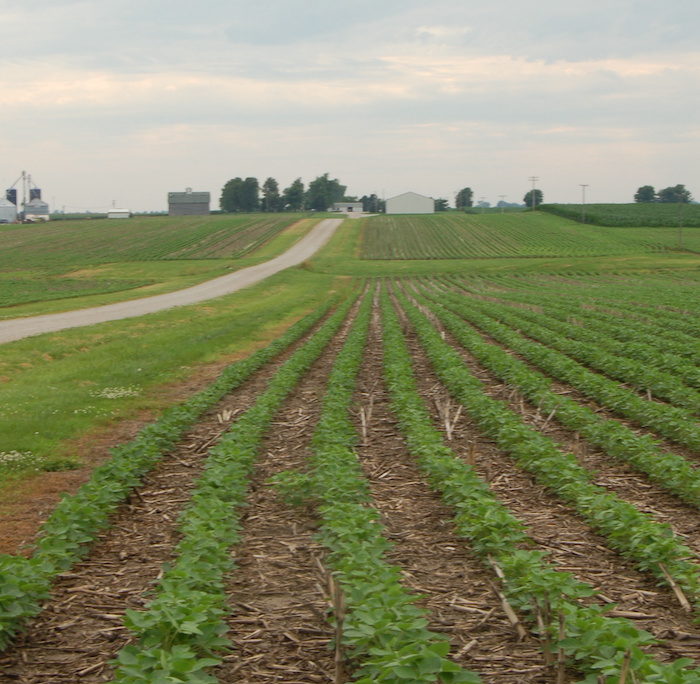With nitrogen prices skyrocketing, soybeans may become more attractive, according to a blog post written by experts at Iowa State University Extension.
Mark Licht, assistant professor and extension cropping specialist, Daren Mueller, associate professor and extension plant pathologist, and Antonio Mallarion, professor of agronomy and nutrient management, and Greg Tylka, Morrill Professer in the Department of Plant Pathology and Microbiology wrote that they don’t recommend planting soy twice in a row in the same field. That’s in keeping with guidance Tyka issued in November warning against consecutive soybean years.
Farmers considering the move amid rising nitrogen prices and potentially stable soybean prices, should be aware the process can result in yield losses ranging from 5% to 9% during the second year. A second study cited by the authors shows a 5 bu. per acre reduction.
“However, high fertilizer costs and possible shortages this past fall or expected ones in the spring might make planting soybean back-to-back a viable option,” they wrote.
Producers considering a second straight year of soy should choose fields that are well drained and highly productive to begin with. Growers should avoid fields with heavy weed, soybean cyst nematode and sudden death syndrome pressures.
“Highly productive fields under good timely management will maintain yield potential better,” they wrote.
The university has also updated instructions related to selecting soybean varieties capable of resisting SCN. Second-year soybeans also frequently fall prey to pythium and phytophthora, so growers should consult scouting notes to identify fields that may require disease-resistant varieties.
“Consider foliar fungicides targeted for white mold or seed treatments targeted for SDS, Pythium and Phytophthora,” they wrote. “Another tactic is to wait for soil temperatures to reach 60 degrees (Farenheit) and be increasing for best vitor to overcome the seedling pathogens.”
Second-year beans tend to draw fewer insects, but growers should watch for bean leaf beetle and Japanese beetle pressure.
Herbicide treatments should include multiple modes of action and timely application, according to the authors. Growers should also beware that second-year beans can also sow bigger problems.
“Planting soybean in back-to-back seasons not only increases the potential for the development of herbicide-resistant weeds, but also creates probl,ems with control of herbicides-resistant weeds,” they wrote.
Before making the final decision, growers should also test soil for phosphorous(P), potassium(K), and soil acidity(pH), with a special focus on K.
“This is because high-yielding soybean harvest can remove more K from the field than corn, so this requires better awareness of what soil test K levels are needed to ensure no deficiencies,” they wrote.







